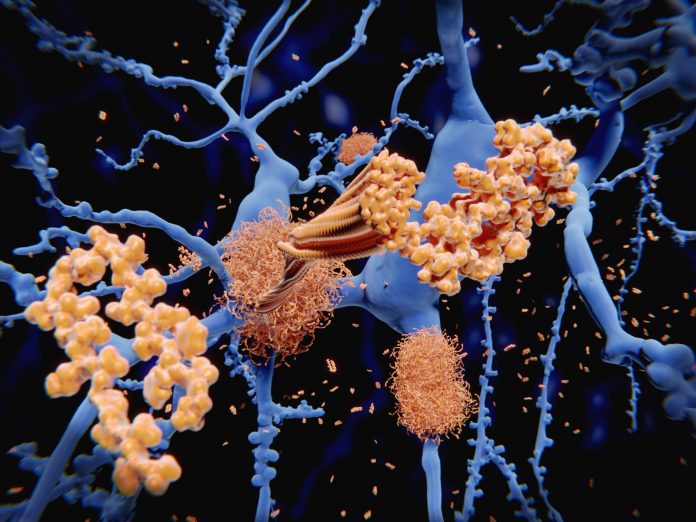
White individuals with Alzheimer’s disease appear to be more likely to have signs of amyloid plaques on brain scans using positron emission tomography (PET) than people from Black, Hispanic, and Asian populations, shows research led by Vanderbilt University.
These findings may impact treatment efficacy. This is because new anti-amyloid monoclonal antibody therapies, such as lecanemab, Biogen and Eisai’s new drug candidate that recently achieved good Phase III results, target amyloid plaques and not cognitive impairment and dementia that comes from other causes.
“Despite disproportionately higher rates of dementia and clinical Alzheimer’s disease among Black and Hispanic populations, we found lower odds of amyloid PET positivity among Black and Hispanic participants compared with White participants,” write Consuelo Wilkins, a professor of medicine at Vanderbilt University Medical Center, and colleagues in JAMA Neurology.
“These findings may reflect differences in the etiology of cognitive impairment, such as underlying vascular disease or social factors that are impacting health.”
The study included data from 17,107 individuals—321 Asian, 635 Black, 829 Hispanic, and 15,322 White—with mild cognitive impairment (61%) or dementia (31%) who underwent amyloid PET scans. The participants took part in the Imaging Dementia—Evidence for Amyloid Scanning study, launched to assess the value of PET scans in diagnosing and treating dementia and mild cognitive impairment in Medicare beneficiaries.
Overall, the analysis showed more white people in the study had scans positive for amyloid plaques than those in the other population groups. The risk for having a positive scan was 29%, 32%, and 53% lower in Black, Hispanic and Asian participants, respectively, than White participants.
Study co-author Charles Windon, UCSF Memory and Aging Center and of the Department of Neurology, said it is important to recognize that there are “numerous structural and systemic factors that influence the development of non-amyloid pathologies… Exposure to these factors may have differed between racial and ethnic groups in the study,” he added in a press statement.
With new therapies such as lecanemab getting close to approval, it is important to be aware that not all dementia and Alzheimer’s patients can benefit from these drugs. Also to make sure that cohorts for future clinical trials are as diverse as possible in order to benefit the largest number of people. “Public health efforts to better diagnose and treat non-amyloid variants of dementia will be critical if we are to reduce disparities in dementia care,” said senior author Gil Rabinovici of the UCSF Memory and Aging Center and of the Department of Neurology.













